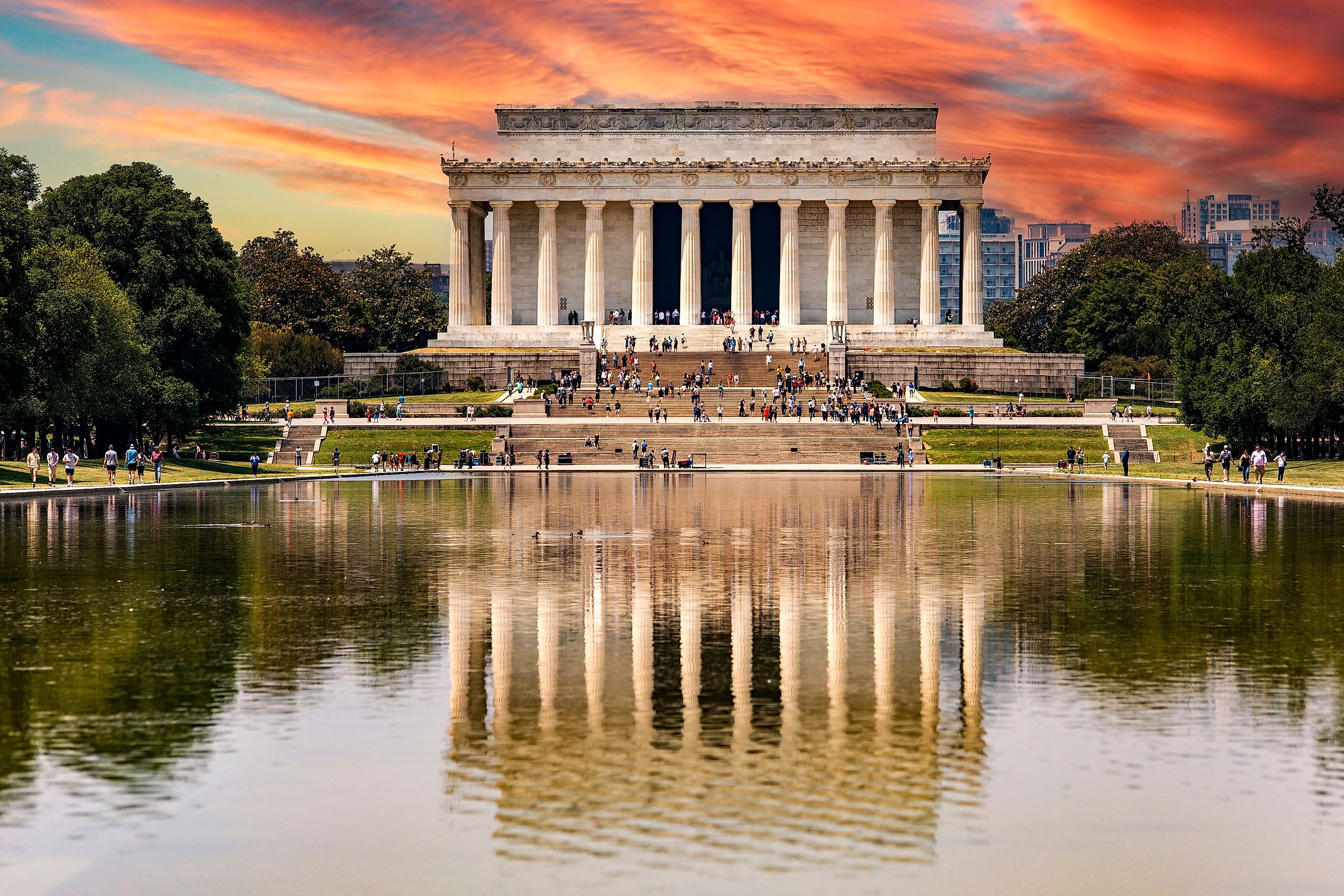
Lincoln Memorial
Standing at the western edge of the National Mall in Washington, D.C., the Lincoln Memorial is more than just a tribute to a former president. It is a symbol of American ideals: freedom, equality, unity, and resilience. Dedicated in 1922 to honor Abraham Lincoln, the 16th President of the United States, this iconic memorial has become a stage for some of the nation's most defining moments in the ongoing struggle for civil rights and justice.
A Monument Born From Vision and Controversy
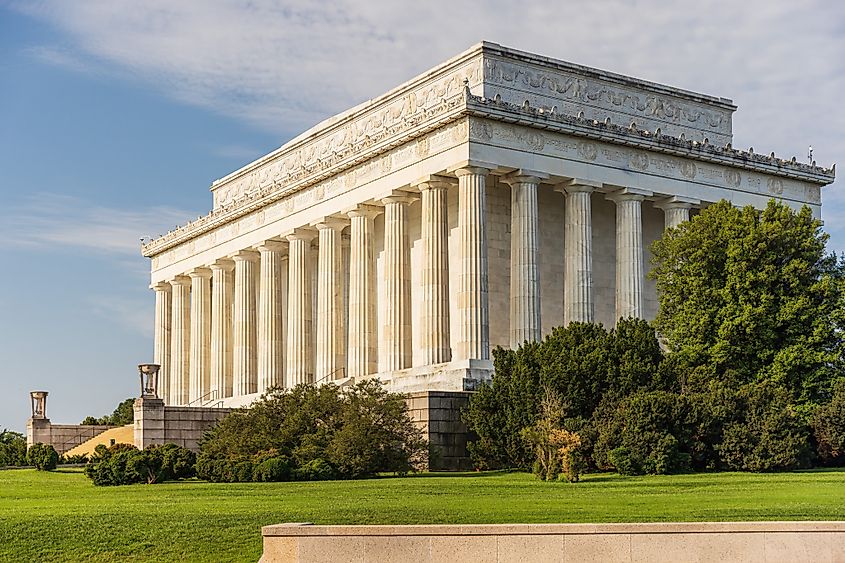
The idea of commemorating Abraham Lincoln with a national monument began shortly after his assassination in 1865. While a statue was erected in front of D.C.'s City Hall in 1868, it wasn't until 1910 that Congress approved a commission to develop a grand memorial. The project faced opposition. Some believed a log cabin would better represent Lincoln's humble roots, while others questioned the swampy land chosen for its construction. Nevertheless, the commission pushed forward, selecting architect Henry Bacon's neoclassical temple design and situating it in what would become West Potomac Park.
Construction began in 1914 and was completed in 1922. The final structure would reflect the architectural principles of ancient Greece, a nod to the birthplace of democracy. Carved from Colorado Yule marble and anchored by 36 Doric columns representing the states in the Union at the time of Lincoln's death, the memorial was an ambitious tribute to a man who held a fractured nation together.
The Design: A Temple For a President
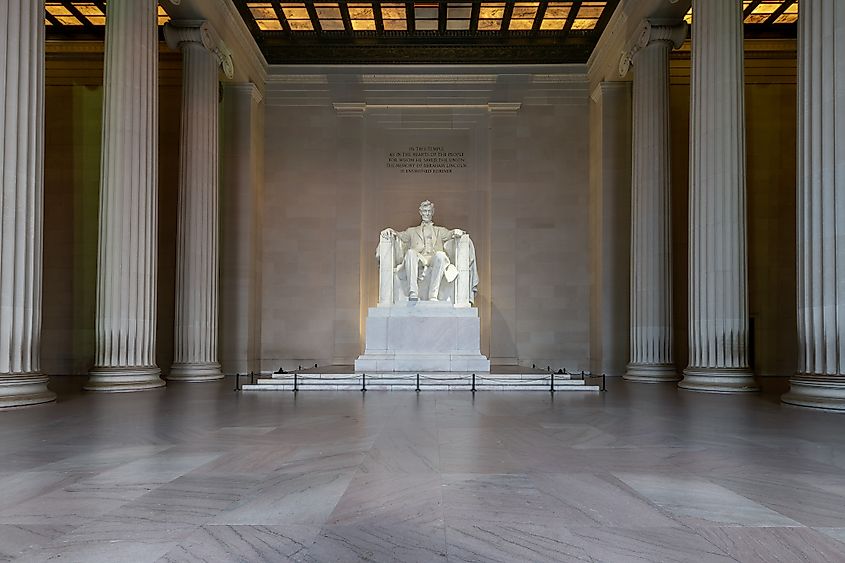
Henry Bacon's vision was executed in every detail. From its grand staircase to its intricate friezes and inscriptions, the Lincoln Memorial was built to evoke reverence. The memorial sits on a platform surrounded by a granite retaining wall. The structure itself measures nearly 190 feet by 120 feet and stands 99 feet tall. The 36 columns circling the exterior each rise 44 feet and were crafted with 12 separate marble drums.
Above the colonnade, the frieze bears the names of the 36 states from Lincoln's time, while the attic displays the names of the 48 states that existed at the time of the memorial’s dedication in 1922.
Inside, the memorial is divided into three chambers by rows of Ionic columns. The central chamber houses the statue of Abraham Lincoln, seated and contemplative, crafted by Daniel Chester French. Carved from white Georgia marble by the Piccirilli brothers, the statue stands 19 feet tall. If Lincoln were to stand, he would rise to an impressive 28 feet. The sculpture rests upon a Tennessee marble pedestal and faces east, catching the first rays of the morning sun.
Above Lincoln is a powerful inscription by Royal Cortissoz: "In this temple as in the hearts of the people for whom he saved the Union the memory of Abraham Lincoln is enshrined forever."
Messages in Stone and Light
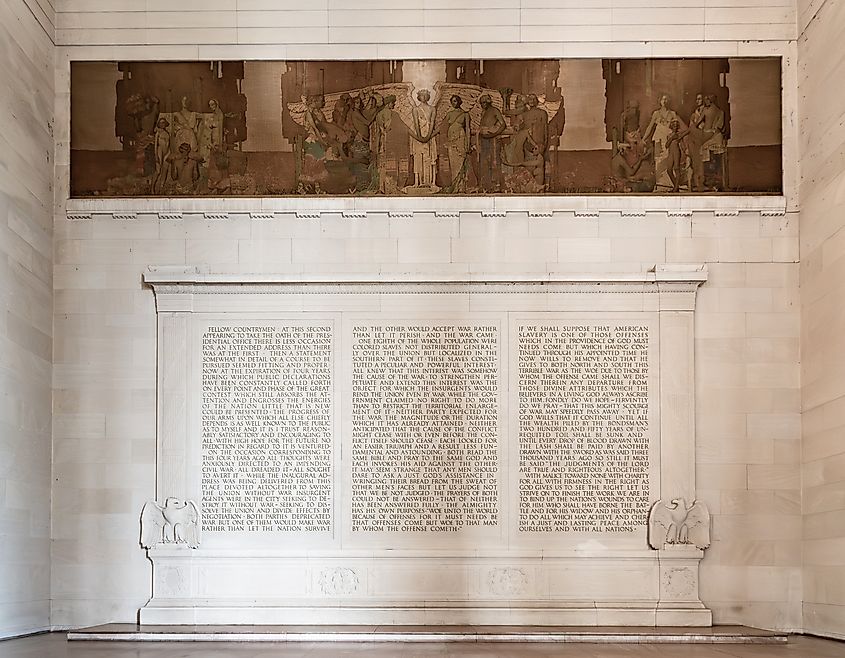
The interior side chambers contain two of Lincoln's most famous speeches: the Gettysburg Address and his Second Inaugural Address. These texts were selected to showcase Lincoln's eloquence and his unwavering belief in unity and equality. Pilasters beside the texts are adorned with fasces and eagles—symbols of power, law, and federal unity.
Murals painted by Jules Guerin add an allegorical layer to the space. On the south wall, a mural titled Emancipation depicts themes of Freedom, Liberty, Justice, and Law. On the north wall, Unity portrays Fraternity and Charity. Cypress trees in the background represent eternity.
The ceiling was constructed using translucent Alabama marble panels, designed to allow light to filter through. Floodlights hidden in the ceiling structure enhance the statue’s appearance, creating a powerful contrast between light and shadow.
The Memorial as a Stage For History

Beyond its architectural majesty, the Lincoln Memorial has served as a rallying point for movements centered on justice and equality. In 1939, after being barred from performing at Constitution Hall, singer Marian Anderson gave an unforgettable performance from the memorial steps to an integrated crowd of 75,000.
Perhaps the most significant moment in the memorial's history occurred on August 28, 1963. During the March on Washington for Jobs and Freedom, Dr. Martin Luther King Jr. delivered his iconic "I Have a Dream" speech from the steps of the memorial. His words echoed through the very space that honored a president who fought to preserve the Union and abolish slavery.
In 2003, a plaque was placed on the step where King stood to commemorate the 40th anniversary of the speech, forever linking the site to the Civil Rights Movement.
Public Access and Cultural Prominence
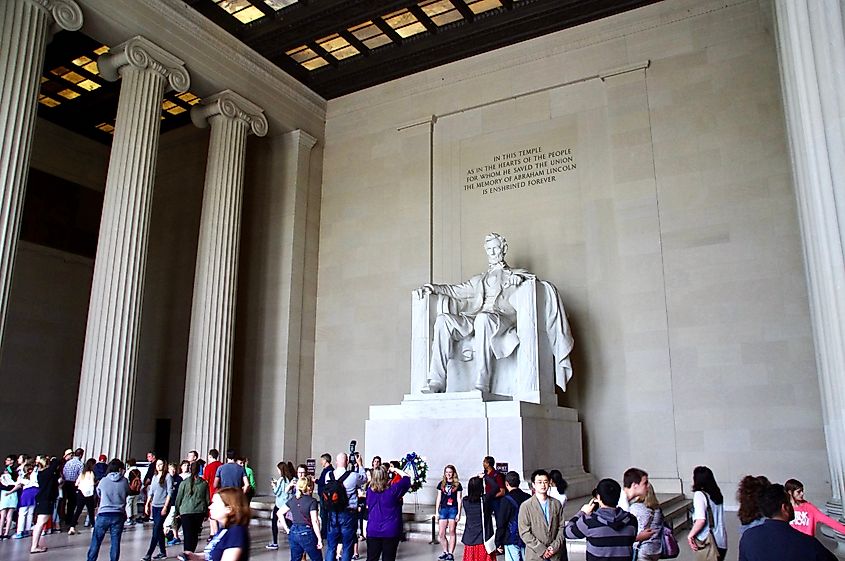
The Lincoln Memorial is open to the public 24 hours a day and attracts over 7 million visitors annually. Managed by the National Park Service, it remains one of the most visited and photographed monuments in the country. Its image has appeared on the five-dollar bill and the reverse side of the penny, further embedding it into the fabric of American life.
Because of its powerful symbolism, the memorial frequently appears in popular media. Films such as Mr. Smith Goes to Washington and Forrest Gump have used the site to underscore moments of emotional or historical weight. Its cultural significance continues to inspire both reverence and creative reinterpretation.
Hidden Below: The Undercroft
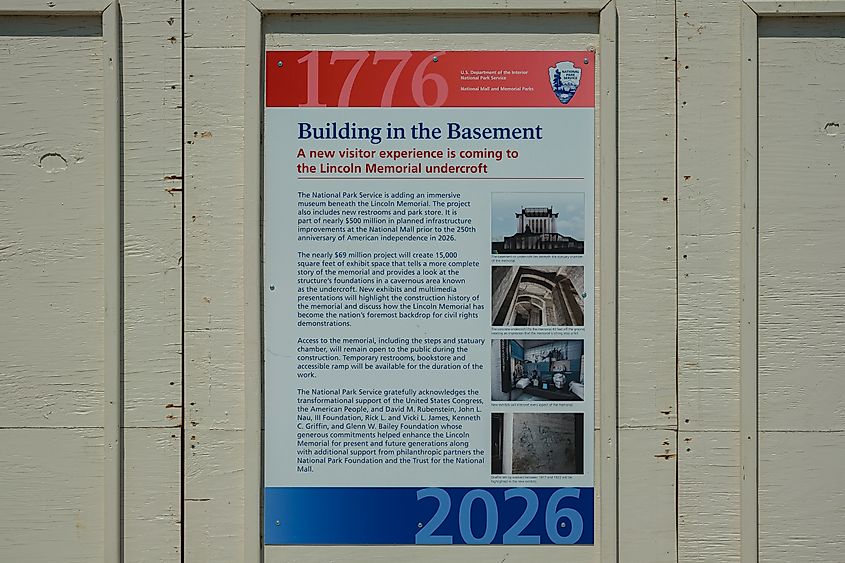
Beneath the memorial lies an undercroft (a cavernous space of concrete piers and marble stalactites formed over decades by dripping water). This area was largely off-limits to the public for years. However, as part of a centennial project announced in 2022, the undercroft is undergoing a transformation. A $69 million renovation is underway to open a 15,000-square-foot section of the undercroft as a visitor experience space. The updated facility will include a museum, immersive theater, and six floor-to-ceiling glass panels offering a glimpse into the massive foundation that supports the memorial.
A Living Legacy
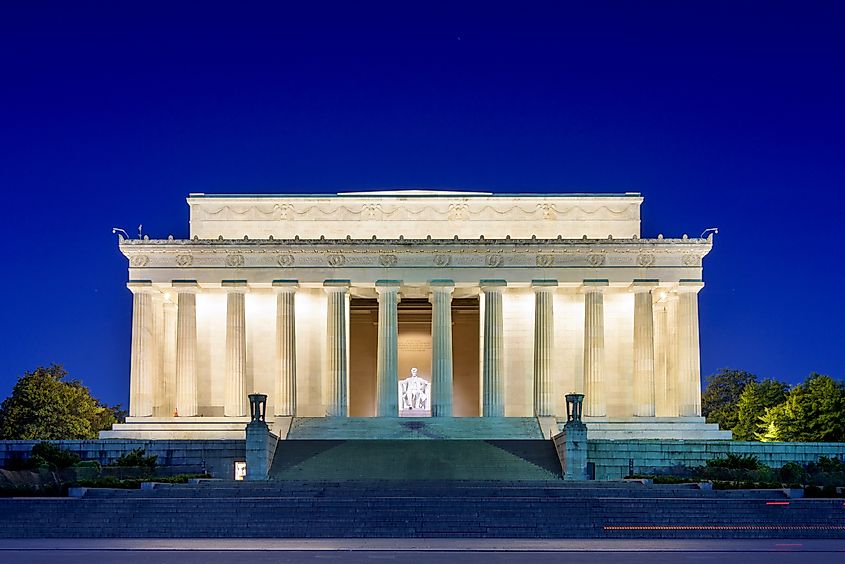
The Lincoln Memorial is more than stone, marble, and inscriptions. It is a living symbol that continues to inspire generations of Americans. From presidential addresses to civil rights milestones, the site has remained a place where history is not only remembered but actively shaped.
Its neoclassical design may recall ancient ideals, but the Lincoln Memorial belongs wholly to the modern American story—a place where past meets present, and where the nation continues to reflect on its identity, its challenges, and its hope for a more perfect union.